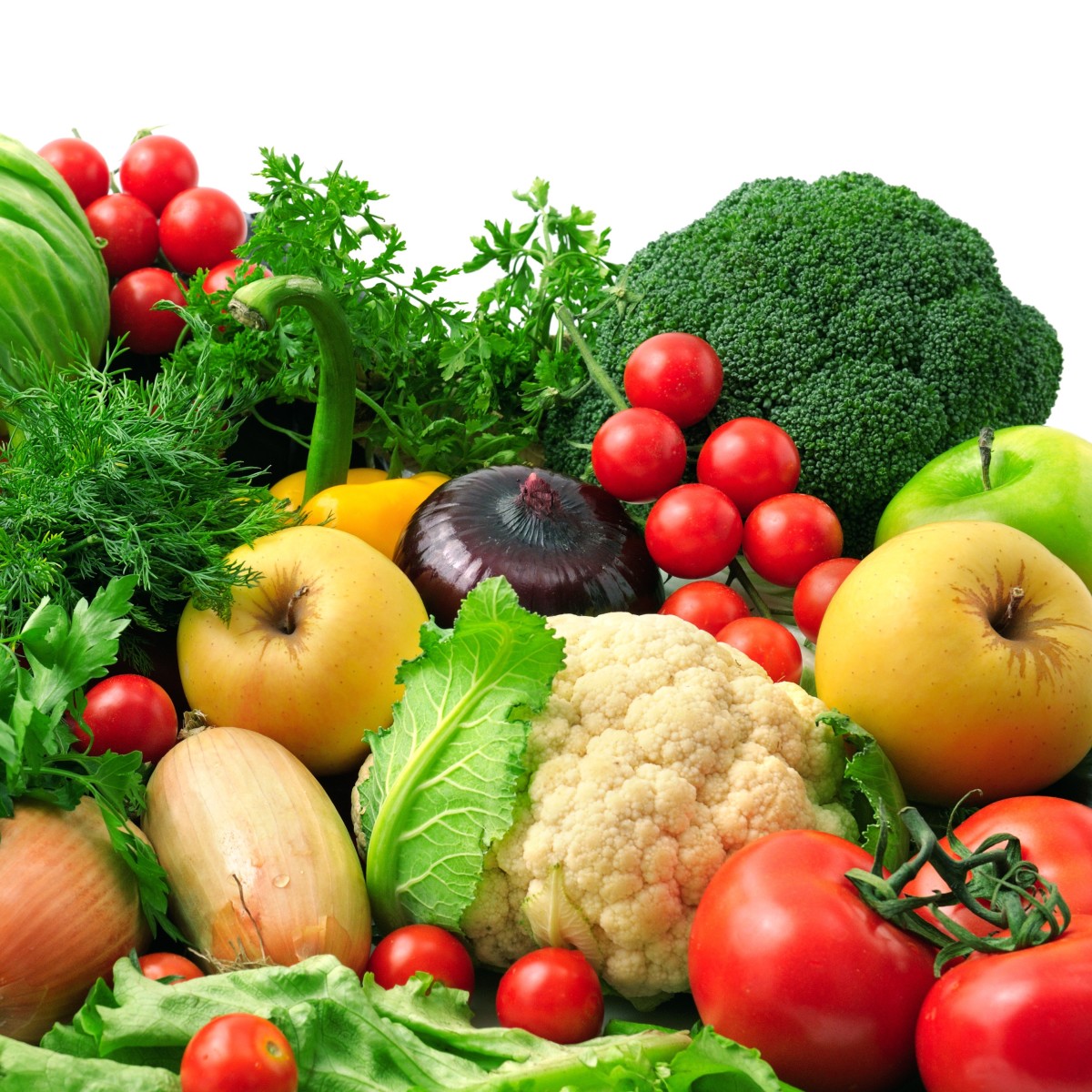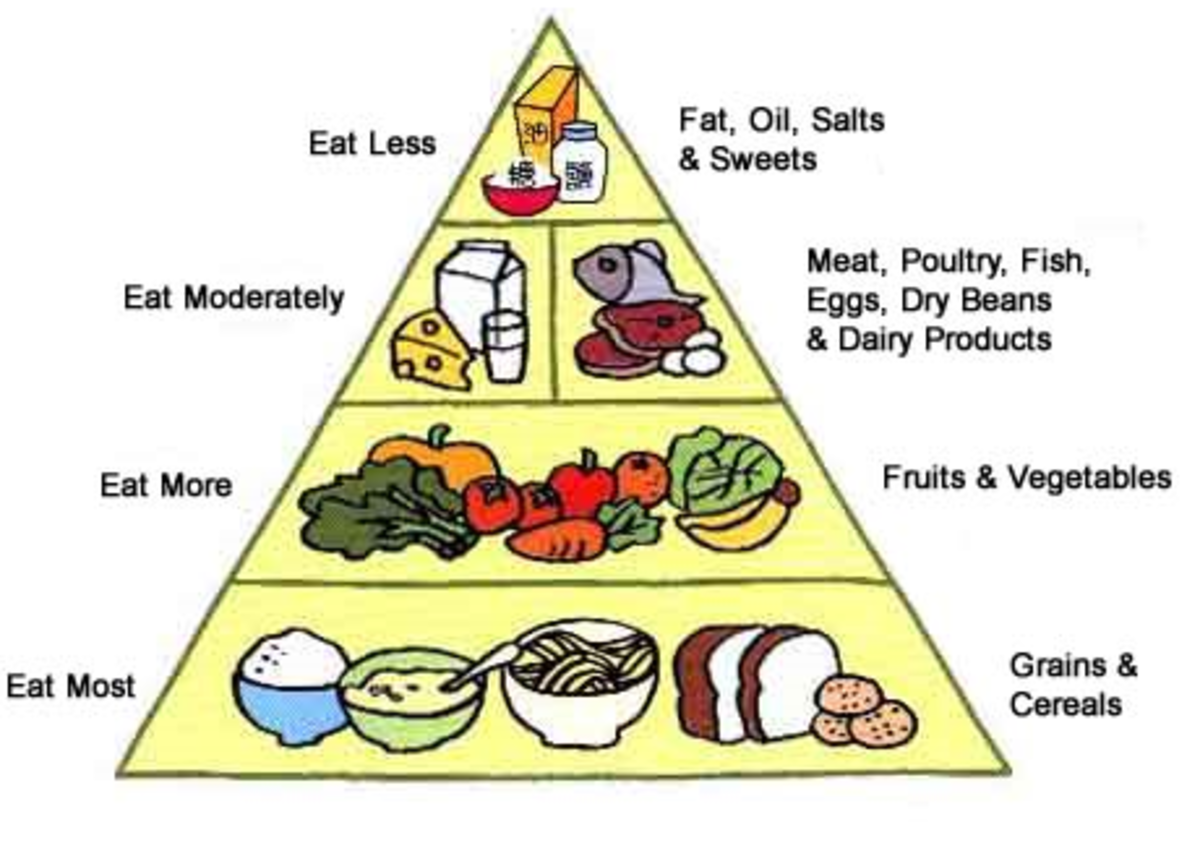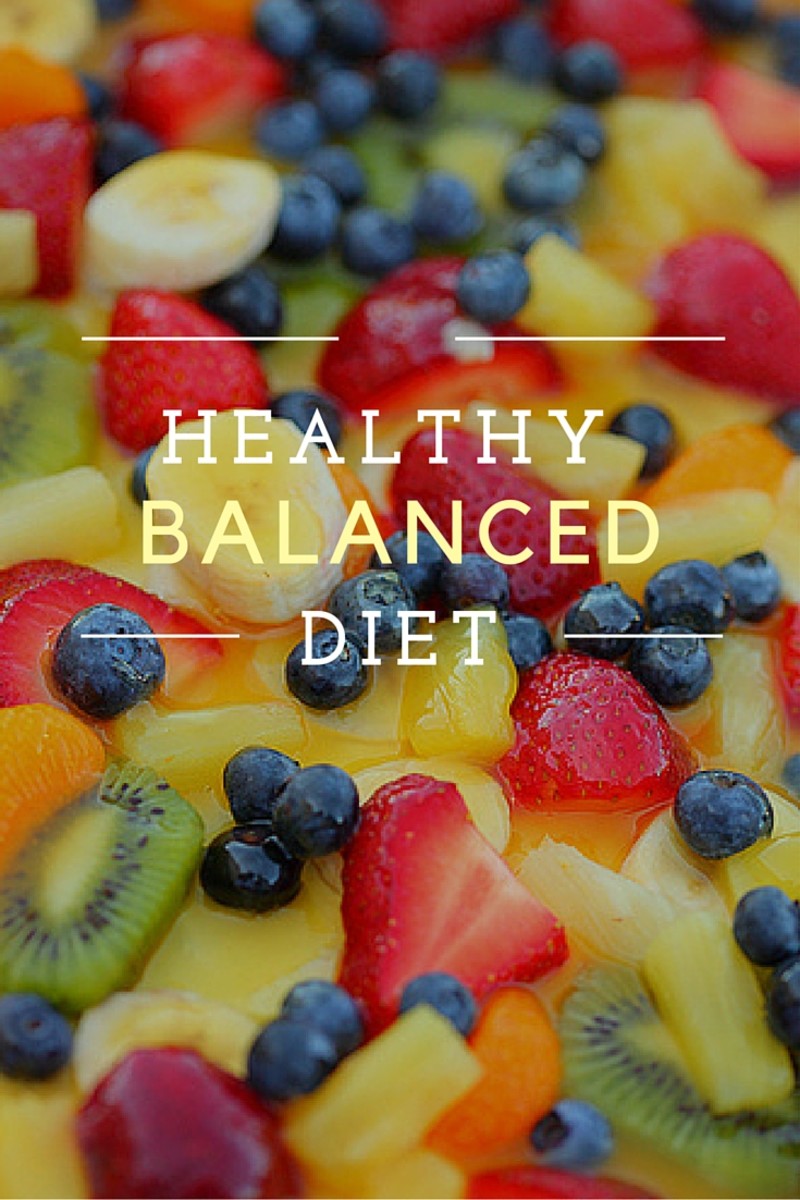Are Energy Negative Foods Real?

Energy Negative Foods
There is a lot of excitement in dieting circles about "energy negative" foods. So what are they and are they fact or fiction.
The basic concept is very simple. To lose weight you need to burn more calories than you consume. But eating and digesting food itself uses up energy, this is technically known as the thermic effect of food, or dietary induced thermogenesis (DIT).
It's generally estimated that about 10% of our metabolism is accounted for by DIT. So a woman who burns 2000 Calories a day, will need about 200 Calories to digest the food she eats.
Celery is most often cited as the kind of food that will give you an energy deficit when eaten. it is mostly water and fibre, and has about 6 Calories per stalk. Surely it must be a tough food to digest, so eating celery is a kind of "exercise" that makes your body burn more calories than the vegetable provides.
If this were true you could hang up the running shoes for good, and give up the gym membership, you just need to eat celery everyday and he weight will fall off.
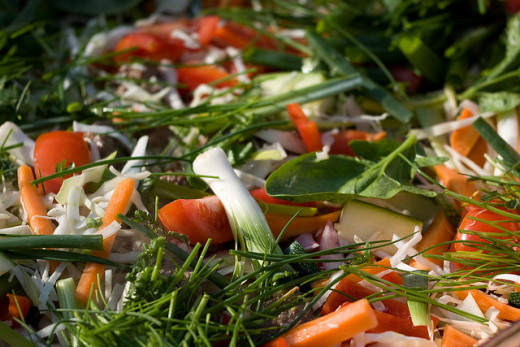
How Much Energy Do You Need to Digest Celery?
The problem is that nobody knows the answer to this question. It is really not that simple to calculate.
The way scientists measure how much energy different actions take is by placing people in a whole body calorimeter, which analyses how much oxygen they use up, and how much carbon dioxide they produce. This allows the metabolic rate to be calculated.
Since we burn up a lot of energy even while asleep, just to stay alive, the basal metabolic rate has to be measured first. Then the increase due to different types of exercise, or digesting different types of food can be determined.
Unfortunately nobody has measured the energy required to digest celery or other vegetables. However one very surprising result is that fibre-rich food doesn't increase the metabolic rate. In fact the dietary induced thermogenesis is significantly lower after a fibre rich meal compared to a meal low in fibre. It appears that the body doesn't work hard to digest fibre, it just passes through without using up much energy.
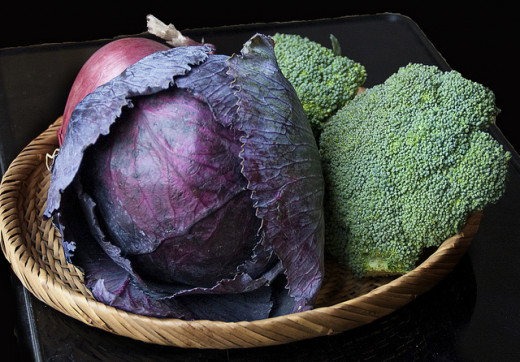
Even if Vegetables Were Energy Negative Foods Would it Matter?
That is not to say that you would not burn more than 6 Calories digesting a stalk of celery. Without actually measuring the energy needed to digest it is impossible to say.
However, what nobody seems to consider, in their excitement about this miraculous, effortless way to lose weight, is whether the calorie deficit, even if it existed, would be significant enough.
Consider that digesting all the food eaten in a day is thought to use up about 200 Calories. How much could digesting a stalk of celery be worth? A couple of Calories? When you think that you need to burn approximately 3500 Calories more than you eat to lose one pound, that would involve eating a hell of a lot of celery.
Personally I think having a leisurely walk every day would be far more effective and far more pleasant, but then I can't stand the green stuff!
Fruit is Very Unlikely to be an Energy Negative Food
I have seen other foods listed as "energy negative" with no data given to support these assertions. This frequently includes fruit such as apples and even mangoes. These assertions are very unlikely to be true.
Unlike most vegetables fruit is sweet and relatively high in sugar. A medium sized mango, for example, has about 100 Calories. If digesting all the food an average woman eats in a day needs about 200 Calories, I cannot imagine how digesting a mango would take 100.
That is not to say that a diet rich in fruit and vegetables is not good for weight loss and general health, of course. But if you want to lose weight, you need to eat that celery (or other vegetables) instead of the tub of Ben and Jerry ice cream (or whatever your sweet or high in fat vice is). If you indulge in large amounts of high Calorie food, eating celery will not help you lose weight.


So Which Foods Have a High Thermic Effect?
So if foods high in fibre actually don't make your digestive system work harder and burn more energy, than which foods do? Scientists have actually measured the DIT of different types of food and we now know that protein and alcohol are the hardest to digest.
It appears that 20-30% of the calorie content of protein is lost to digestion, and 10-20% of the calories in alcohol. For carbohydrates the values are 5-10%, and 0-3% for fat. Of course this doesn't automatically mean that you can eat as much meat as you like and lose weight, but a diet high in protein does make it easier to lose weight, as long as you consume less than you burn of course.
Protein also helps weight loss by producing a feeling of satiety for longer than carbohydrate or fat, so you are less likely to feel hungry soon after eating a meaty meal. Of course this is something that fibre is good at as well, so from that point of view vegetables are very useful as part of a diet, but not because they are energy negative.
Spices, especially chillies, also increase the thermic effect of the food you eat. So eating low fat meats in spicy dishes might help by increasing metabolism after the meal.

